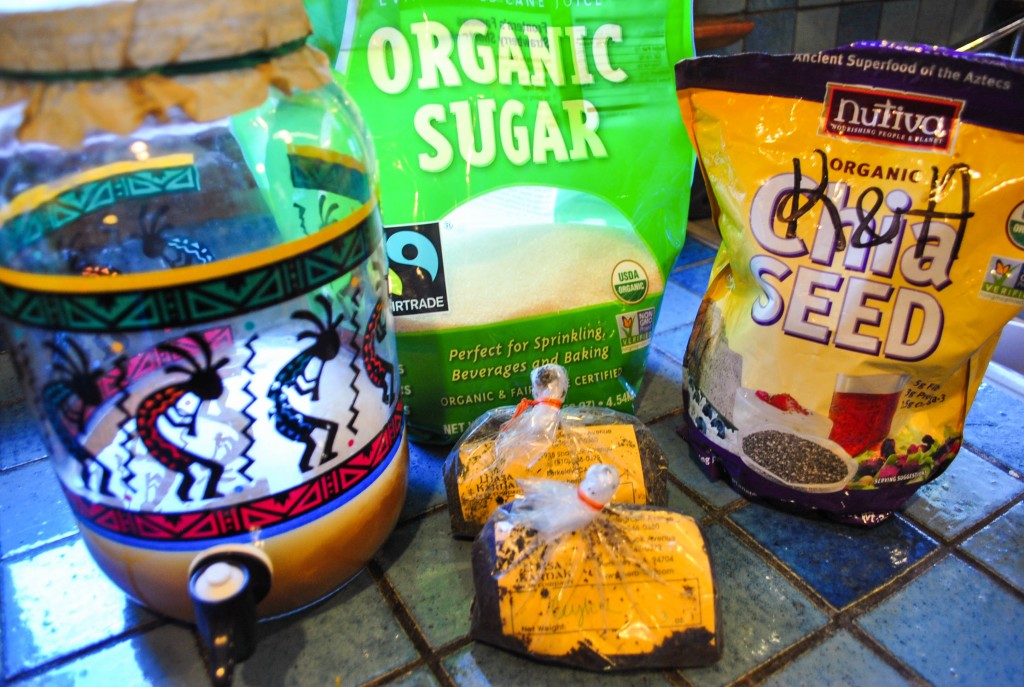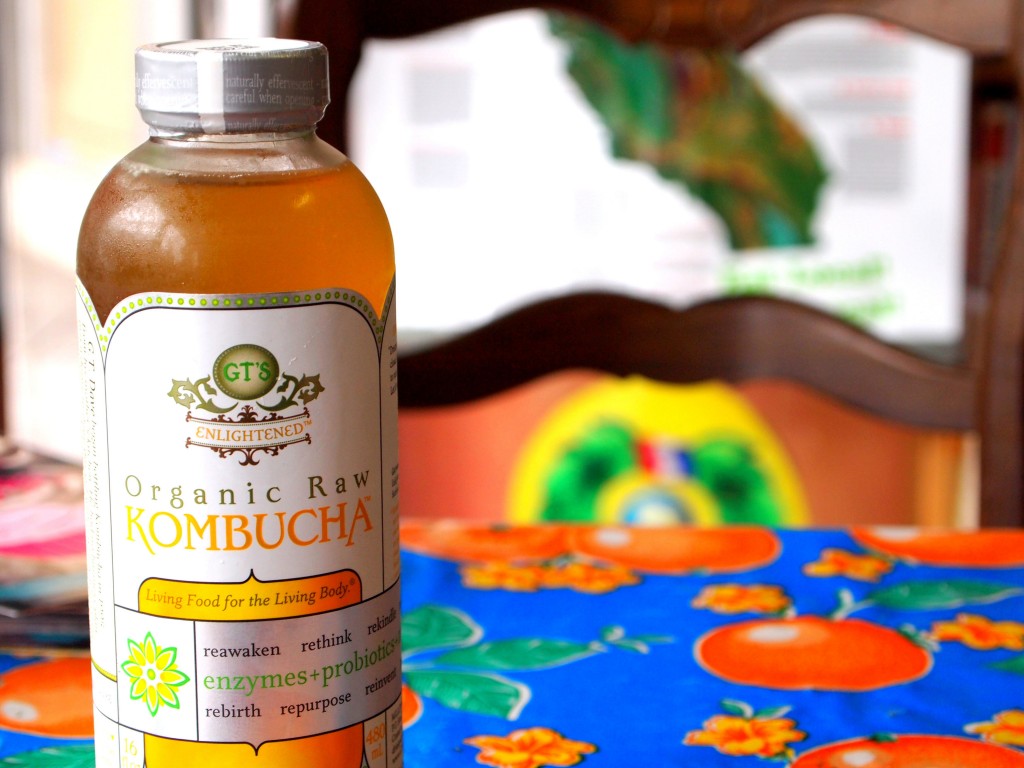As Berkeley students, many of us have frequented health-conscious joints like Whole Foods and Berkeley Bowl. On our quests to pick up free-range eggs and organic tempeh, I’m sure we’ve all passed the mysterious drink “kombucha.” Though we have most likely heard of it and maybe even tasted it, many are unsure of what it is, what it does and where it came from. In this article, Spoon will tell you just that.
Many believe that Komboucha originated in Asia thousands of years ago; legend has it that it was named after a Korean physician, Kombu, who healed the Japanese emperor, Inyko, with his “elixir of life” that was then named after him: “kombu” + “cha” (which means tea).

Photo by Kavitha George
Kombucha is a fermented beverage that’s made with black or green tea, sugar, water, a little time and a microbiological culture that looks like a giant mushroom called SCOBY. The SCOBY, “symbiotic culture of bacteria and yeast,” rests on top of the tea and is responsible for the beverage’s multitude of health benefits. The final fermentation (what happens when the sugar feeds off the yeast and bacteria) is not only chockfull of energy-giving B vitamins and antioxidants but contains a blend of beneficial bacteria and yeast (probiotics) that aid digestion, detoxify the body and enhance cognition.
There’s more.
Have no fear, broke students, because komboucha has more than one use. Not only can this tea boost your immune system, but many swear that it is the end-all be-all of hangover cures. Komboucha contains gluconic acid, a natural detoxifyer, which targets the health of the liver. Even better, if you drink kombucha alongside your alcoholic-drink-of-choice, you can prevent that nasty morning headache by a process called reverse-toxmosis.

Photo by Stephanie McGill
Apparently, it’s a thing now.
Though the ancient beverage has an acquired, earthy taste, kombucha cycled back into vogue with the induction of the low-carbohydrate craze when Atkins diet die-hards began searching for a carbonated and healthy drink to replace sugary soda. At four bucks a bottle, kombucha addictions were becoming quite expensive, and the new generation of hipsters and health nuts alike spawned a full-fledged home-brewing craze. Recently, the Bay Area has had about a dozen kombucha start-ups, selling their products at health food stores, yoga studios and even on Twitter. With the newfound lucrativeness, brewers have amped up the taste by creating flavors that range from mango to jalapeño.

Photo by Laura Lim
However, with fame comes infamy.
While this drink may seem too good to be true, kombucha has stirred up its own bit of controversy. Though the FDA has not issued any warning for home-brewed kombucha, some fear if not done carefully, unhealthy bacteria and yeast can flourish, rendering drinkers fairly sick. On a lighter note, a woman once charged with a DUI claimed that she had only consumed kombucha. In America, non-alcoholic drinks are classified as those that have an alcohol content of 0.5% or higher, and when tested, some brands of kombucha exceeded the legal non-alcoholic limit. Subsequently, manufacturers began to produce two different formulas: one with a reduced fermentation time, and the other (with the higher alcohol content) was labeled and sold only to those twenty-one and over. While the presence of alcohol in this tea may have made kombucha even more appetizing, if we were to do the math, twenty of the “alcoholic” kombuchas would be needed for the average size person to be considered legally drunk.
Now that you know all you could possibly know about kombucha, go forth and join the craze (or at least try it).

